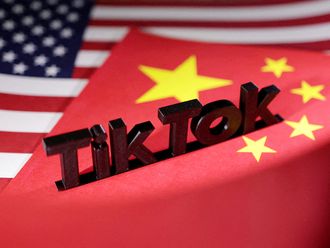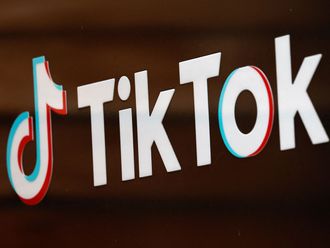Marketing organisations are caught in a tug-of-war between the inertia of the print world and the inevitability of the digital world. The floor beneath conventional TV, radio and billboard advertising has vanished.
Marketing leaders now feel pressured to react, but the best approach seems to change daily. Social networks rise and fall; the internet of Things’ (IoT) creates infinite channels; new machine learning algorithms make yesterday’s data analytics look like Stone Age solutions.
And with more than 2,000 ‘martech’ (marketing technology) vendors in operation, the choices are overwhelming.
For a Chief Marketing Officer (CMO), entering this fray is dangerous without a wingman. This is why a new executive role has emerged: the Chief Marketing Technologist (CMT).
The CMT’s job is to align marketing technology with business goals, serve as a liaison to IT, and evaluate and choose technology providers. Part technologist, part marketer and part business strategist, they win the tug-of-war for digital.
Depending on their specific needs and target customer segments, companies will have to think seriously about what type of CMT they need in order to be successful.
When Gartner surveyed 200 marketing leaders for its report — ‘Customer Experience Emerges as the Marketers’ Next Battlefield’ — 89 per cent said they expect their companies to compete primarily on the basis of the customer experience by 2017.
Indeed, the researchers predict that 50 per cent of consumer product investments will be redirected to customer experience innovations by that year. The Chief Marketing Technologist is responsible both for the front-end and back-end technologies that power marketing experiences.
Not coincidentally, Gartner also predicts that CMOs will spend more on IT than CIOs by 2017. Forrester is on top of this trend, too. Their ‘2014 Customer Experience Index’ (CXi) estimated that companies are missing out on $1.6 billion in revenue due to subpar customer experiences.
The difference between analogue versus digital marketing is communications versus experience. The difference between communications and experience is initiation and exposure over time.
Whereas traditional communications are usually brief and almost always initiated by the marketer (because no one watches TV to watch commercials), experiences are usually habitual and initiated by the consumer.
Modern marketers want their audience to visit their blog daily or even multiple times per day. The experience is one of learning, entertainment or inspiration — not a sales pitch, like most communications.
To qualify as an experience, marketing can’t feel like marketing in the traditional sense.
Enter the Chief Marketing Technologist. If customer experience is the ‘battlefield’, as Gartner terms it, then marketing technology is the arsenal available to companies, and the CMT is the most valuable fighter in the fray.
The CMT becomes the CMO’s wingman by assembling a ‘martech’ portfolio that enables the entire organisation to create superior customer experiences.
First, and as the marketing organisation defines its digital strategy — the set of experiences it wishes to provide — the CMT figures out what technology portfolio would enable it.
Second, the CMT collaborates with IT, which will be concerned with the cost-efficiency and security of new marketing technology. CMTs should not become a form of ‘Shadow IT’.
Rather, they create a tight relationship with IT because they can speak in marketing and technical parlance equally well.
Third, based on the company’s strategy and IT parameters, the CMT builds a portfolio of marketing platforms. The CMT leads the process of vetting and selecting vendors.
By Brinker’s count, there are more than 43 categories of marketing technology. Most large companies will use more than a dozen marketing services covering multichannel marketing automation, content management, media optimisation, and analytics, at minimum.
Companies seek out a CMT when their marketing technology stack becomes unwieldily. If customer data is stuck in three or more disconnected ‘martech’ platforms, it’s time to hire someone who can integrate and build the portfolio in a strategic way.
The CMTs can implement ‘martech’ systems that replace intuition and gut-based marketing with a data-driven operation. What’s difficult to measure though is the performance of the CMTs — they don’t directly manage the ‘martech’ platforms or produce content, and thus, they don’t have full ownership over the RoI (return on investment) or customer satisfaction.
The Chief Marketing Technologist is indeed a ‘unicorn’ and a wingman that no CMO can afford to go without. The print versus digital tug-of-war has a predictable outcome.
The tug-of-war between organisations competing for a handful of CMTs will be far more aggressive.
The writer is a partner at the Middle East and Africa office of DHR International.











